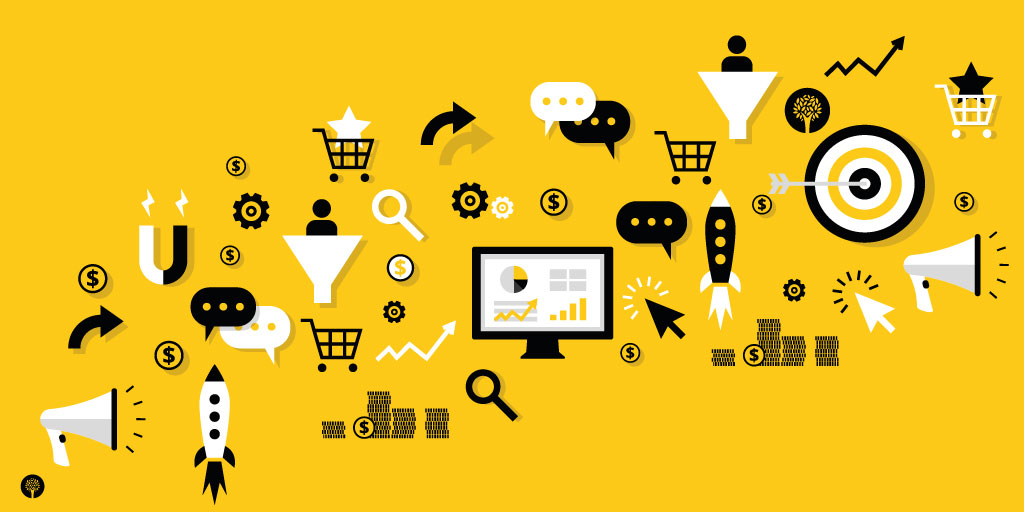Value value value – that’s what people buy; or is it?
We’re told by gurus throughout the world that people buy on value, working out what’s valuable to them and choosing the best option.
If they concentrate on price then they will buy “value baked beans” and if they value branding, then they’ll buy the latest designs. People’s decisions are made up of what’s valuable to them; make a business that maximises value and you’re onto a winner.
But here’s the thing, this concept is a lie. Value is just another part of why people buy, like price and speed.
The fact is value was invented as a neat term that gurus could point to in their marketing slides; if you want to succeed then you need value and I can give it to you.
Well here’s the thing; if you’re chasing value then you’ll never quite figure out why people buy from you.
What you need to work on is convenience.
Convenience is made up of a manner of things like price, taste, speed and necessity.
It stands apart from value, despite being often confused with it, because often people can find the most valuable option and still not choose it. The reason for this is convenience.
What lots of entrepreneurs find out too late is that if they go to market with a product that’s better than the competition, then they can still fail simply because it’s not convenient for clients to switch.
Take for example a new wholesaler on the market. They go to market with a better product than their competitors, nice brochures and a great sales team.
They explain the benefits of their products and the better service they will bring; logic dictates that their better value will win over the day.
But they forget the inconvenient truth that the competitor has a head start. They have personal relationships that can sway opinions and they have proof that their products sell too.
Faced with the option to switch to an unknown, the customer will usually prefer to stay put. Staying put is safer and after all, if they make a profit now then they will probably make a profit tomorrow too.
None of this is in the value equation, but it is factored into convenience. It’s simply more convenient to stay put that it is to go elsewhere.
It’s the same reason people choose to opt for the first solution that comes their way rather than the best; it’s the path of least resistance.
If you want to succeed then you’ll need to ditch value and focus on being convenient. Make sure your products are the easy option every time.
You have to think about selling a new product as if you’re client is stood in McDonalds waiting for a burger.
Traditional value marketing would say go and stand next to the customer and shout about how much better your burgers are; but the fact is the client chose to go to McDonalds and is already in line, so why then would they leave and go to your burger bar instead? It’s a lot of effort and they won’t get the food they want and trust as fast.
Convenience marketing then says that if your client is already in McDonalds, you shouldn’t just shout about how good you are; you need to make it even easier to get the food they want before they reach the front of the queue.
Make it so easy and obvious for them to switch that it’s easier than getting a burger in the store they are already in – simple. If you were in a queue for McDonalds and someone showed you a better burger, would you grab it rather than wait in line? The trick here is taking the sale to them, not expecting them to go out of their way to come to you just because you said your burger is better!
That means you’re going to need to stand next to your client with a burger in hand there and then.
You’re also going to need to make sure that not only does the client not need to travel to your burger bar to get it, but the food you offer is better and easier to get even when they are in the back yard of your competitor.
This all hinges on you finding them in your competitors burger bar though (at the point of need), that’s where good marketing comes in handy.
Chapter Summary:
• Value isn’t what people buy on
• Value is a part of the convenience equation
• Having the best product isn’t enough, you need to make it easier for your client to buy it than buy what they are used to
Read our next blog post “Price doesn’t reflect quality”.






